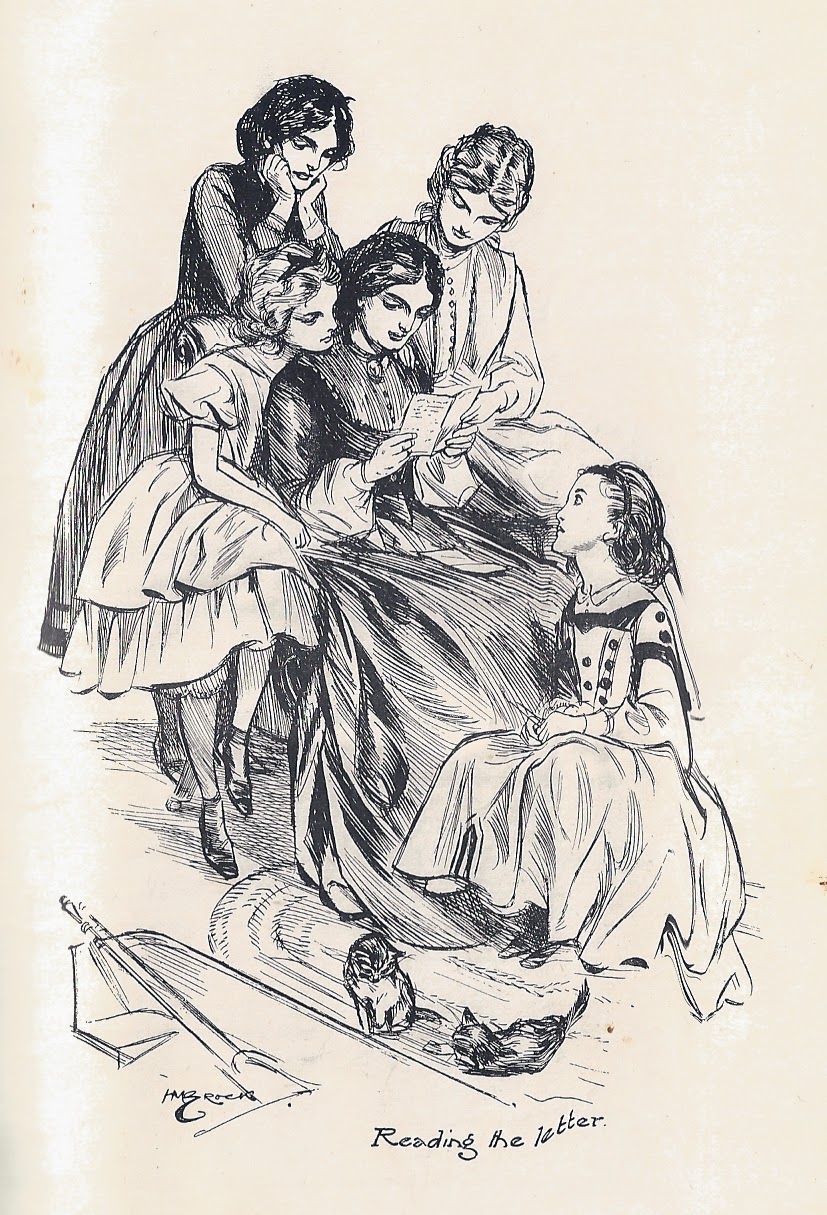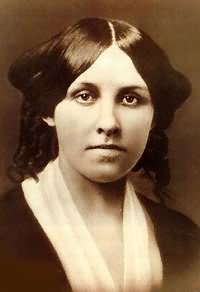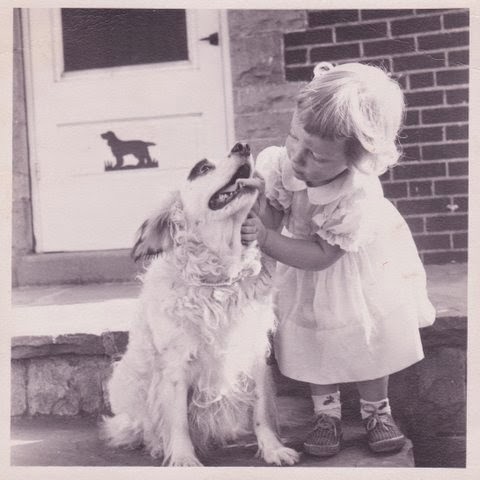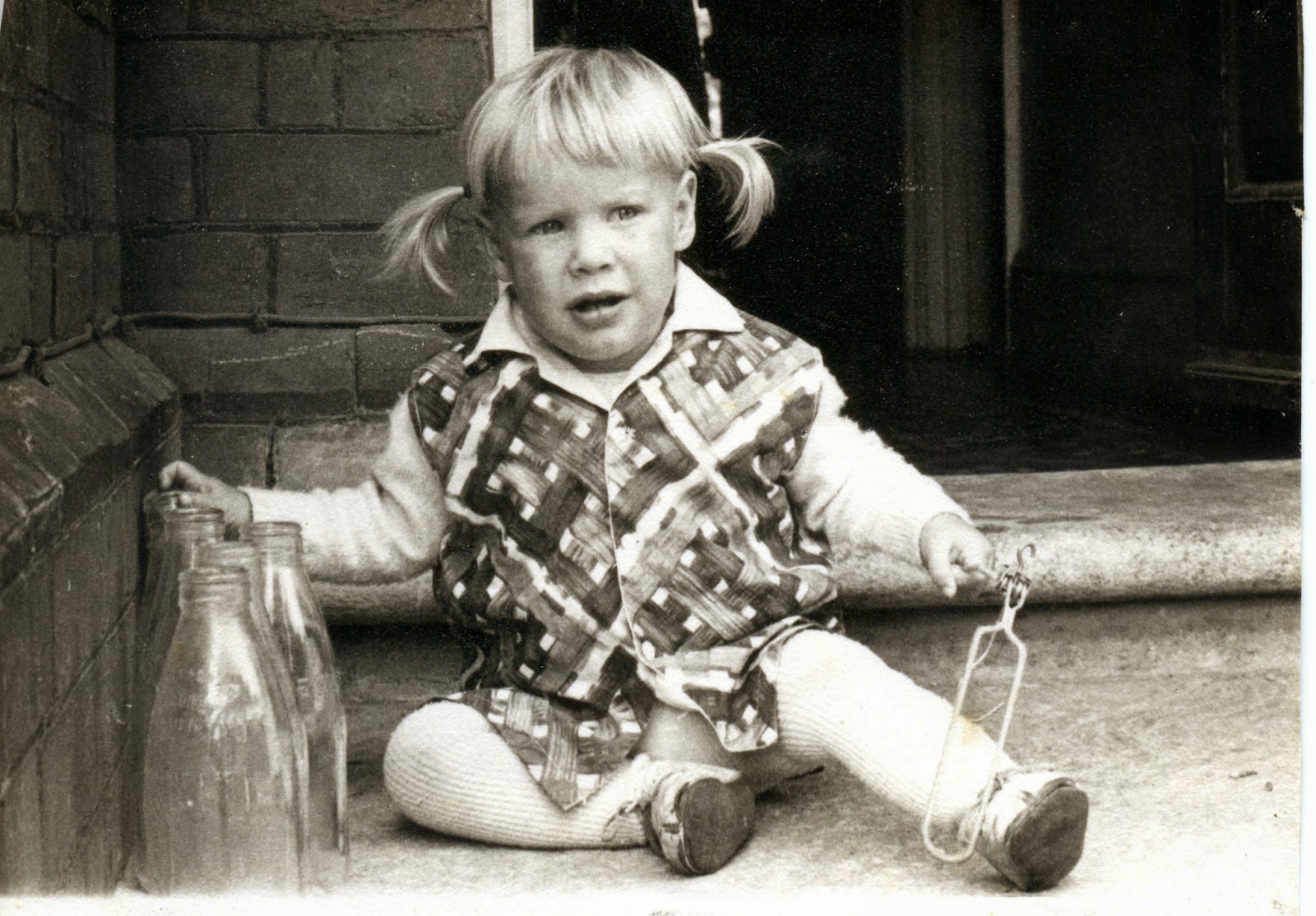On 12th June, I attended the Prix Fitzgerald award ceremony at the Hôtel Belles Rives in Juan-les-Pins. The hotel looks out over the Mediterranean and has views all along this famous stretch of French Riviera. I live inland of this smart address on a rundown olive farm and although I am no longer one for swanky parties, this invitation attracted me because it is an award given to honour the memory and literary excellence of F. Scott Fitzgerald whose life and works are intrinsically linked with this coast.
![]() |
| My invitation |
The term ‘The Jazz Age’ was coined by Fitzgerald in 1922, the same year The Great Gatsby is set. The phrase was intended to describe the flamboyant, anything goes mood, that had taken hold of America after WWI. Europe and the States were reeling from the effects of WW1, from the phenomenal losses of an entire generation of young men and women who had gone to war and never returned. Those who were alive were grabbing life by the boot strings and partying till they dropped. Seeking pleasure, they were running from the horrors of recent history.
In his first full-length novel, This Side of Paradise (1920), published when he was twenty-four, Fitzgerald described this young generation of pleasure-seekers thus: ‘Here was a new generation ... grown up to find all Gods dead, all wars fought, all faiths in man shaken..’
Another aspect of the post-war disillusionment was an exodus of American writers, musicians and artists across the Atlantic to Paris, known for its more liberal attitudes.
Amongst these were Gerald Murphy and his beautiful wife, Sara, née Sara Wiborg, heiress to her father’s printing-ink fortune. Murphy, a Bostonian, was also to inherit. He was heir to a luxury-leather goods business (still going strong), but his dream was to become a painter.
As both their parents disapproved of their marriage, the Murphys set sail for to Paris in 1921, three years before Scott and Zelda, where they built up an illustrious circle of artists around them. They became acquainted with established as well as the more bohemian crowds. Gerald studied modern art with the futurist Natalia Goncharova and painted sets for Serge Diaghilev’s groundbreaking Ballets Russes. To celebrate the premiere of Stravinsky’s Les Noces in 1923, Sara and Gerald threw a sumptuous party on a barge on the River Seine where the music played till dawn.
The couple were never less than immensely generous with their wealth and their energetic support of those who were trying to make a name for themselves in the arts.
In that same year of 1923, Gerald collaborated with another expat who had left the States in 1917 to join the French Foreign Legion and whose parties at his luxury flat in Paris were extravagant and scandalous, songwriter Cole Porter. Together, Porter and Murphy wrote a short jazz ballet, Within the Quota. Its success and the fact that it was the first American jazz ballet ever penned was a huge career boost for young Cole who, at that stage, had published very little material.
Cole Porter and his heiress wife, Linda Lee Thomas, introduced the Murphys to Antibes, a Riviera resort alongside Juan-les-Pins little frequented in summer. Gerald and Sara were so enchanted with the location that they bought themselves a ‘seaside chalet’, christened it Villa America and hosted parties and holidays that changed forever the personality of the Riviera. Their guest list included the Porters, the Picassos, the Hemingways, Man Ray, Dorothy Parker, Gertrude Stein... in fact, almost everyone who counted in fashionable, avant-garde artistic circles.
In 1924 Scott and his wife, Zelda, with their daughter, Scottie, fled the craziness of New York and the extortionate amount of dollars their hectic life-style was costing them and sailed to Paris. This was their second trip to Europe. Zelda loved to party and Scott was always at her side even though he already knew that the all-night drinking and hard living was cutting into his writing regime. He craved peace, somewhere to exist more simply, concentrate his creative energies and earn a living. He hoped to find it in France!
The Côte d’Azur (the Blue Coast) was pretty much undiscovered back then. Villa rentals did not claim the fabulous prices that they do today. Winter was the high season, not summer. The British monarchy, the White Russians and, of course, many painters enjoyed the warm, gentle climate of winters here and the softness of the light.
However, around this time, Coco Chanel travelled south with the Duke of Windsor on her arm. She was the first to allow her skin to tan and thereby created the rage for summer sunbathing. Private swimming pools began to be built at the grand villas, Art Nouveau palaces, and this Blue Coast was gearing up to become the most fashionable summer destination in the world.
![]() |
The piano bar at the Hôtel Belles Rives.
|
Upon arrival in Paris, Scott and Zelda were introduced to fellow Americans, Sara and Gerald Murphy. The Fitzgeralds decided they would also travel south. Scott was hoping to live ‘dirt cheap’ and dedicate his energies to his work. His first rental was a little further west than Juan-les-Pins, in St Raphael, where he worked on The Great Gatsby (published in 1925). But Scott did not live the life of a recluse. He and Zelda used to motor east along the coast in their little turquoise car to join in the fun at Villa America For Scott, this was a seminal period. His friendship with the Murphys played a vital role in his work and they remained lifelong friends.
And times were changing fast for the Cote d’Azur. This injection of international, predominantly Russian and American, artistic extravagance certainly put Antibes and its neighbouring fishing village, Juan-les-Pins, on the map. Life was one long carnival and those involved lived like they didn’t have a care in the world. The US Jazz Age had crossed the Atlantic and moved south from Paris.
Picasso who was married at that time to the Russian ballet dancer, Olga Khokhlova, became so enamoured with Sara Murphy he used her as a secret muse for at least four of his paintings during his neoclassical period.
![]() |
| Woman Seated in an Armchair, Picasso, 1923. Detroit Institute of Art |
In 1926, the year after The Great Gatsby had been published to critical acclaim, the Fitzgeralds were back in the south of France. This time they went straight to the heart of its summer playground and rented the Villa St-Louis in Juan-les-Pins. This villa is today the Hôtel Belles Rives. Its present owner who conceived the Prix Fitzgerald has maintained the hotel’s gorgeous Art Deco interior in the public rooms (see hotel’s photo of piano-bar below). She recounts a story of when Scott hired a local band, locked the musicians inside his rented villa in an upstairs bedroom and tossed away the key, forcing them to play dance music all night for his guests, forbidding them to leave before sunrise.
![]() |
Piano-Bar Fitzgerald, Hôtel Belles Rives. |
Ever since those golden summers, Juan-les-Pins has had a taste for nightlife and music, particularly jazz. Jazz has been injected into its blood. Since 1960, each July, the Jazz à Juan festival takes place steps from the villa Fitzgerald rented. First-rate musicians, the top in their field, play beneath the stars and the umbrella pines with the Mediterranean sunset as their backdrop. I have sat in that magical setting on numerous occasions, transported by the notes of Nina Simone, Ray Charles, Diana Krall, Oscar Peterson and many others.
Even if today Juan-les-Pins is brimming with trendy boutiques and roars with the sound of motorbikes, the sweet sounds of jazz have never entirely died away, but I often ask myself how many of those who come here to holiday have any idea whose ghosts walk alongside them?
![]() |
View from hotel towards Cannes, 2014 |
The Fitzgeralds spent their last summer on the Côte d'Azur in 1929, but on that occasion they stayed in Cannes not Antibes. By then the stock market had crashed, the wave of the Depression was crossing the Atlantic, money was tight, spirits were low, Zelda was soon to suffer her first nervous breakdown and they were no longer in a celebratory frame of mind. The party was over. It was time to go home.
Why should the lives of these incandescent people mean anything to us today? Well, aside from the immortal works of art and literature that were born out of that period, a lasting legacy of their encounters and experiences, these artists and jetsetters were ‘The Lost Generation’.
Gertrude Stein, literary critic, art collector, novelist, who lived in Paris with her lover, Alice B. Toklas, whose Left Bank salon was the celebrated Saturday evening event, was also godmother to Hemingway’s son and a guest at the Murphys’ villa in Antibes. She was a very vocal member of that wealthy, expat scene and she it was who, according to Hemingway, penned the expression ‘The Lost Generation’.
Stein was in a garage in Paris where her car was being repaired and she had reason to complain to the management. In response the manager shouted at one of the young male employees: ‘Vous etes une génération perdue.’ ‘You are a lost generation.’
Stein repeated the observation to Hemingway, using it to describe all those young writers and artists who came of age during WWI.
The expression was also taken up in Britain but used to describe the actual loss of an entire generation who went to war and died, whose bodies were never returned to the lands of their birth. These included poets such as Wilfred Owen, Rupert Brooke and many, many others, too numerous to name here.
![]() |
The Murphys on the beach in Antibes with Dorothy Parker |
In 1930, Zelda was diagnosed with schizophrenia. Beyond that her health was always fragile and she was hospitalized in Maryland in 1932. Her medical costs added another strain on Fitzgerald’s work. He rented the La Paix estate in Towson, Maryland so that he could work and be close to her. Here, he began to write Tender is the Night.
The charismatic ‘Dick and Nicole Diver’, the protagonists of Fitzgerald’s 1934 novel, Tender is the Night, were inspired by his good friends, Sara and Gerald Murphy.
Tender is the Night, is partially set along this Riviera coast. It is a celebration and a heart-breaking account of the times ‘the Divers’ spent in Paris and on the Riviera and the people they shared those bitter-sweet, sunny days with and it is partially set at the villa that today has been transformed into the Hôtel Belles Rives.
By the time the novel was published in 1934, the Fitzgeralds and the Murphys had returned permanently to the States. Tragic events had destroyed their happiness, but the golden glow of those Riviera summers of the Roaring Twenties, the Jazz Age, will live on forever in the works of Fitzgerald, Hemingway (The Sun Also Rises), Picasso and others.
Speaking of that period of their lives in France, Sara Murphy said later: "It was like a great fair, and everybody was so young."
Scott Fitzgerald died in 1940 in Hollywood where he was rather desperately trying to earn a living as a screenwriter. He suffered a massive heart attack brought on by alcoholism. He was 44. His funeral was attended by barely a handful, but amongst those present were Gerald and Sara. They never abandoned him.
The few paintings that have survived of the insubstantial collection of work painted by Gerald Murphy are impressive and one wonders whether if life had not spoiled, if the Depression and the ill health of one of his sons had not driven him back to the States, followed soon after by the tragic and unforeseen death of both his sons, might he have found his place as a cubist artist of significance alongside his friend Braque. He exhibited at the Salon des Independants in Paris in 1924 and his work, in particular a masterpiece now missing entitled Boatdeck: Cunarder, was much praised. His work prefigures the Pop Art movement.
In the mid-thirties when life had turned sour for them all and Zelda had been permanently institutionalized, Fitzgerald wrote to Gerald, ‘The golden bowl is broken indeed, but it was golden.’
My cocktail hour at the awards ceremony was a thought-provoking moment reflecting upon all the above. I suspect the hotel’s proprietress had cleverly hand-picked many of her guests from a list of fabulously wealthy Riviera residents (not me!). I sat at a small table on the sideline never daring to venture further. I watched and I observed. Two widows took up seats alongside me: a finely Botoxed Swiss millionairess and her French friend, a princess who told me that she was the wife of a Byzantine prince born in Italy. (If Scott had been in my chair, I feel sure he would have winkled the bones of a short story out of the golden-haired princess). She gave me her card – she was giving out cards like a tea lady hands out cups. The card indeed states ‘Princess ----’.
The champagne flowed, the outfits were sumptuous, glittering in the evening light. Many languages were being spoken as the sun beat down upon the amber-lit Mediterranean. The laureate was an American writer, Walt Stillman, honoured for his film and novelization of film The Last Days of Disco. He gave his acceptance speech in perfect French having lived here for a decade. It was a very swanky party indeed. Fitzgerald would have been in his element but, I suspect, he would have seen beneath all that surface sophistication to the damaged hearts and created yet another masterpiece.
Hotel Paradise is one of two short stories I have written commissioned by Amazon. It is set in the 1990s between Paris and an Art Nouveau hotel along this ravishing blue coast.
www.caroldrinkwater.com

































































































